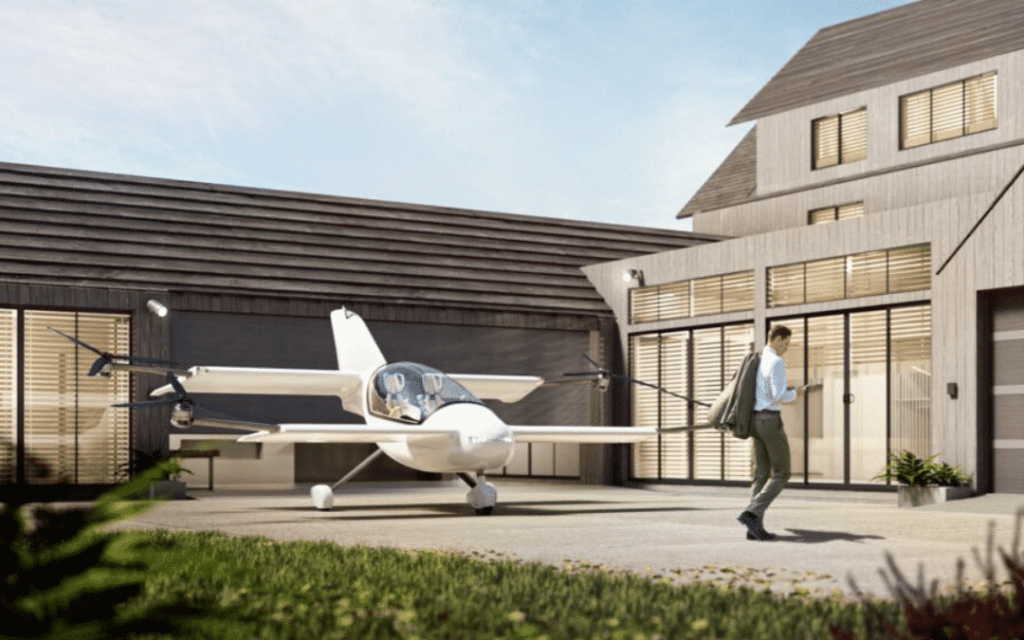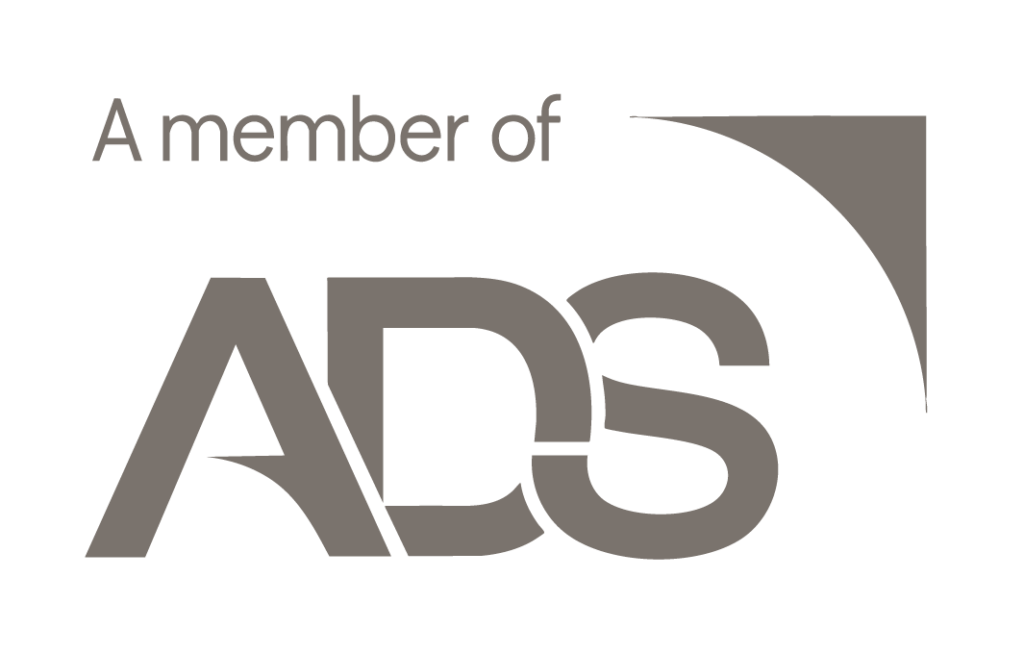PRESS RELEASE SKYFLY TECHNOLOGIES
skyfly.aero
Contact information:
Adam Landau
adam.landau@skyflytech.com
Release date: 24 June 2022
FOR IMMEDIATE RELEASE
NEW BRITISH PERSONAL ELECTRIC VERTICAL TAKE-OFF AND LANDING AIRCRAFT LAUNCHED
“Axe by Skyfly”, an innovative British-designed electric aircraft capable of flying either like a helicopter or a conventional fixed-wing aircraft, was officially launched on 24 June 2022. The two-seat Axe is a electric VCA (Vertically-Capable Aircraft) being developed by Skyfly Technologies in Kent, which is expected to enter production in 2024.
Although it is able to take off and land like a helicopter, the Axe is also uniquely capable of conventional take-offs and landings from roads or runways, saving energy and increasing range. It can also land automatically on a “homing patch” which can be fixed to the top deck of a ship or yacht. While cruising, the Axe has a speed of 100mph and a range of 100 miles. This increases to 300 miles with an optional range extender – a lightweight rotary engine providing electrical charge to the batteries.
While there are other concepts for eVTOL and VCA aircraft, most use complex rotating wings or engines, or have no wings to produce lift, which reduces efficiency and range. Most are also intended to be used as pilotless commercial air taxis carrying four or more passengers. In comparison, the Axe is a simple, lightweight design, intended from the ground up to be certified as a home-built personal aircraft. It is currently in the certification process in the United Kingdom with the Light Aircraft Association, which is expected to be completed in 2024, when the first aircraft will be delivered to customers. That certification will allow the Axe to be flown in most European countries and beyond.
With a base price of just £150,000 ($180,000) and low running costs, the Axe will be a convenient, versatile and cost-effective aircraft for private pilots to own and operate. Furthermore, its low noise, compact size and vertical take-off and landing capabilities will allow it to be flown and stored at home, saving the cost of renting hangar space at dedicated airports. The Axe VCA is also expected to be an important training tool for pilots, bridging the gap between simple-to-fly conventional small aeroplanes and larger, more complex commercial eVTOL aircraft.
Founder Michael Thompson, who co-developed the aircraft with famed aeronautical engineer and designer William Brooks, said: “The design features are unique in that it has two sets of short wings, and in that the engines are mounted in a 45 degree angle and do not rotate. The rotating engines or rotating wings the competition uses are heavy, complex, expensive, less safe and require maintenance. The wings allow for lift giving it range and enabling conventional fixed wing take-offs, and also give it the ability to glide at a 10 to one ratio with mechanical linkage if there would be an engine failure and the redundancy of the eight engines were to be compromised. There is also a third layer of security with a ballistic parachute. The design is kept simple and very light and robust – because Skyfly believes the only criterium is kilowatt hours per passenger mile: using as little energy as possible to cover a passenger for a mile. This is where the competition gets it wrong – from Ehang to Volocopter. They have no wings and therefore use too much energy, causing their range to be too short for practical use.”
CCO Jaap Rademaker states: “A unique feature of the Axe is that where the whole market for eVTOL focuses on four to six seat air taxis, which cost many millions per aircraft and have very complex and long certification processes. The Axe is sold for £ 150,000 plus VAT, the price of a sportscar, and as a private aircraft, it has a simpler certification process. The Axe is your private aircraft: is very easy to fly and hover, allowing you to rise above it all, and get from your home to your weekend home in a quarter of the time a Tesla would take to get there, avoiding the traffic and enjoying the beautiful views. For decades people have talked about the flying car, the Axe is just that – allowing you to travel faster, greener, safer, smarter.
“An interesting commercial angle of the Axe is, that because commercial air taxis will not be autonomous for a decade or so, they will require pilots, and those pilots will need to be trained to fly eVTOLs. With the Axe being a uniquely cost-effective side-by-side two-seater, its potential in the training market is huge. The Axe is the bridge that the whole eVTOL market needs to reach its future potential.”
Rademaker continues: “The Axe is aimed at existing pilots and aircraft owners, who will no longer need to spend large amounts renting large hangars next to established aircraft runways. They can keep the Axe at their homes and fly from their front door, and fly direct to their destination rather than an airport nearby their destination – a huge time and money saver. But we also have interest from in particular two sectors. Firstly, superyacht manufacturers and owners: the Axe is so quiet and compact that, combined with its option to autoland on a ‘homing patch’ attached to the top deck of a yacht, it will allow passengers to fly themselves to and from the shore while staying dry and comfortable, and with a small eco-footprint. The second group is private jet operators who want to get their clients from their home to the airport as quickly as possible, without the need for noisy and expensive helicopters.”
Components for the Axe, such as the control systems, batteries and electric engines, come from market leaders such as Geiger and Embention. Optional extras include a hybrid range extender, “Axe, park yourself in your hangar” LIDAR systems and a “homing patch”, ensuring a landing on the patch even when aboard a moving yacht. After success with the two-seater, Skyfly aims to develop a larger aircraft with six seats.
To watch a video of a prototype doing actual flights, including demonstrating vertical take-offs, transitions to forward flight, vertical landings and its unique ability to take off like a conventional fixed-wing aircraft, visit our website skyfly.aero and click on the Play button.
Download PDF brochure here.


